|
Here's a list of everything I highlighted in 2023. I think the books we read are a gateway into our interior lives at that current moment. The books are as follows: Freedom is a Constant Struggle by Angela Davis Such a Fun Age by Kiley Reid The Last Story of Mina Lee by Nancy Kim Age of Vice by Deepti Kapoor Yellowface by R. F. Kuang 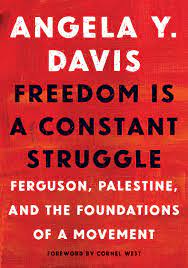 The so-called war on terror has done inestimable damage to the world, including the intensification of anti-Muslim racism in the United States, Europe, and Australia. As progressives in the Global North, we certainly have not acknowledged our major responsibilities in the continuation of military and ideological attacks on people in the Arab world. and imprisonment is increasingly used as a strategy of deflection of the underlying social problems—racism, poverty, unemployment, lack of education Racism is so dangerous because it does not necessarily depend on individual actors, but rather is deeply embedded in the apparatus… But it has been suggested by geographers who have studied these naming practices that they’ve been used to deflect attention from persisting social problems—the lack of education, housing, jobs, and the use of carceral strategies to conceal the continued presence of these problems. The Ferguson struggle has taught us that local issues have global ramifications. “Justice is indivisible. Injustice anywhere is a threat to justice everywhere.” A recent book by historian Craig Wilder addresses the extent to which the Ivy League universities, the universities everyone knows all over the world—you mention the name Harvard and that is recognizable virtually everywhere in the world—Harvard, Yale, Princeton, et cetera, were founded on and are deeply implicated in the institution of slavery. I’m trying to suggest that there are connections between the militarization of the police in the US, which provides a different context for us to analyze the continuing, ongoing proliferation of racist police violence, and the continuous assault on people in occupied Palestine, the West Bank, and especially in Gaza, given the military violence inflicted on people in Gaza this past summer. “The personal is political”—not only that what we experience on a personal level has profound political implications, but that our interior lives, our emotional lives are very much informed by ideology.  Such a Fun Age by Kiley Reid One of my favorite reads of the year, but I only highlighted the following phrase: suddenly seemed like her fate was in the hands of a toddler who believed broccolis were baby trees. 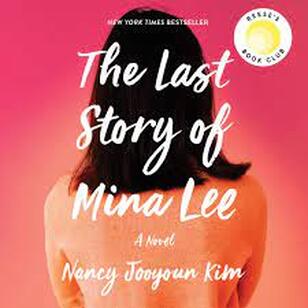 The Last Story of Mina Lee by Nancy Kim She applied liquid eyeliner and rose-colored lipstick carefully, as if painting her lips like art. Korean supermarket buzzing with the movements of ordinary life, a kaleidoscope of social statuses Growing up American was all about erasing the past—lightly acknowledging it but then forgetting and moving on. But history always rose to the surface. Among the wreckage, the dead floated to the top. she resented her mother for leaning on Margot, her mother was deeply and unimaginably alone. Women like her and her mother were always struggling to stay above water, their faces floating on top while their legs treaded frantically underneath. two women who would be mirrors for each other, for each other’s sadness, disappointments, Stacks of books and newspapers on the coffee table resembled a fragile skyline that could topple to the ground. A fire hazard. A single human being could live an entire continent of pain and worry and longing. This man’s kindness emerged out of the cruelties of their lives like birds hatched on fields ruined by mines and barbed wire. how food was perhaps the most practical and necessary means by which Margot could access the stories and memories, the sap running inside her mother. that families were our greatest source of pain, whether they had lost or abandoned us or simply scrubbed our heads. She saw only herself in Margot, as if she could not bear to see her in her entirety, as if she was a puzzle with pieces missing forever. She refused to see the entire girl. The tears, springing from her heart’s heaviness, the heaviness of a lifetime, almost seventy years, streamed down her face, the impossibility of living with her mother, tyrannous but every now and then, unexpectedly transparent, leaking light from the disasters of her life How afraid they were of each other. How impossible they seemed together. But if only her mother would’ve knocked, and Margot’s response wouldn’t have been, Go away. If only they had a way to embrace each other and say, I don’t understand you, but I’m trying my best. I am trying my very best. But the other part of her longed to remain in this city to recover something she had left behind—not just history or her past or her mother’s, but whom she had always dreamed of becoming. She had abandoned that side of herself here, too. Wasn’t that the thing with words? It wasn’t just their surfaces—sometimes serene and shimmering, others violent, crashing, and brash—but what they, when carefully considered, conveyed: we are more than friends. We’re family. 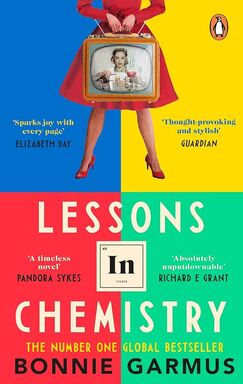 Lessons in Chemistry by Bonnie Garmus “Not every woman wants to be a mother,” he agreed, surprising her. “More to the point, not every woman should be.” He grimaced as if thinking of someone in particular. “Still, I’m surprised by how many women sign up for motherhood considering how difficult pregnancy can be—morning sickness, stretch marks, death. Again, you’re fine,” he added quickly, taking in her horrified face. “It’s just that we tend to treat pregnancy as the most common condition in the world—as ordinary as stubbing a toe—when the truth is, it’s like getting hit by a truck. Although obviously a truck causes less damage.” Like so many undesirable men, Mr. Sloane truly believed other women found him attractive. Harriet had no idea where that specific brand of self-confidence came from. Because while stupid people may not know they’re stupid. . Yes, Amanda was a bit anxious like he was, a bit overweight like he was, a bit of a people pleaser like he was, but you know what else Amanda was? A nice kid. And nice kids, like nice adults, were rare. Between the hours of one thirty-one and four forty-four p.m., productive life as we know it ceases to exist. It’s a virtual death zone.” Harriet considered the possibility that the child was a genius. Her father had been. But no. It was just that Mad was well taught and that was because of Elizabeth. Elizabeth simply refused to accept limits, not just for herself, but for others. she only ever seemed to bring out the worst in men. They either wanted to control her, touch her, dominate her, silence her, correct her, or tell her what to do. “Men and women are both human beings. And as humans, we’re by-products of our upbringings, victims of our lackluster educational systems, and choosers of our behaviors. In short, the reduction of women to something less than men, and the elevation of men to something more than women, is not biological: it’s cultural. And it starts with two words: pink and blue. Everything skyrockets out of control from there.” “Feeling like one doesn’t fit is a horrible feeling,” she continued, unruffled. “Humans naturally want to belong—it’s part of our biology. But our society makes us feel that we’re never good enough to belong. Do you know what I mean, Phil? Because we measure ourselves against useless yardsticks of sex, race, religion, politics, schools. Even height and weight—” Besides, I happen to think science is a form of religion. Courage is the root of change—and change is what we’re chemically designed to 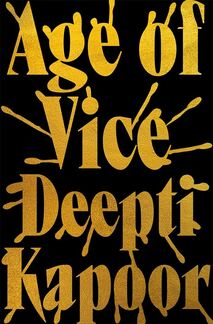 At seven thirty a.m., on a normal day at least, when the apartment is set to rights, he must deliver warm lemon water with grated turmeric root to Sunny’s bedside and play the Gayatri Mantra at volume setting 14. This is followed twenty minutes later by a pot of filter coffee, a bowl of fruit, orange juice, and fresh croissants sent each morning from the bakery at the Oberoi. Next he draws Sunny a piping hot bath, filling the tub, tossing in scented oils or salts, scattering rose petals on the surface. At eight he fetches all the newspapers and the latest magazines. He searches his mind, finds deep black wells he cannot draw from, sees long, dark gullies he refuses to enter. He walks on a little more, goose bumps on his skin. Some wild impulse tells him to lean down and remove his shoes and socks. these jumbled, makeshift homes, observing the women scrubbing metal plates using sand and small stones, cooking a vat of rice over All that dust and all that smoke, the smell of burning plastic in all those towns, the buffalo herds and fields of mustard and corn and wheat and cane, all that engine oil dripping into the ground, mixed with the garbage and rotting vegetables. Rows of hovels of brick and wood, roofed with corrugated metal and tarp, built on dirt ground, surrounded by garbage dumps. Women cook on small fires outside their miserable homes. He stands among them, appalled. Appalled at himself for expecting anything more. Laconic and baritone, laced with wicked humor. His wealth is ancient, storied. A gloomy day, a day of umbrellas and headlights. Clouds obscure the building tops. Rain swirls like a dancing kite. God, she misses Delhi. Misses roti and pickle and curd in the winter sun. Girls fussing over her in tiny, windowless salons. Golgappas in Khan Market. The crowds of Old Delhi. Sweet corn on the side of the road, dressed with chilli and chaat masala and lemon. Die miserably of cancer. She grew up in her world of cultural elites, both parents from scholarly backgrounds, “impoverished,” “proud.” Highly educated families risen to subtle prominence in colonial days. Post-Independence, advantageously placed True wealth was the accretion of experience. As evidenced by the grace of their home, with the fig trees and the palms and the parakeets in the park, the faded Persian carpets lining the marble, the signed artworks that were gifts from friends who just happened to be famous now. Shelves of books lined almost every wall, their tattered innards releasing noble yellow perfumes. That home, a store of memory. A store of knowledge. Meanwhile some backpacker in Paharganj wanders around crying about our poverty, shaking his head, taking pity on us, taking photos for the people back home. Take a look at your own backyard. Study your history, man. You people looted us, took everything, stole our treasures. A river is a city’s lifeline, its artery.” And she knew as he spoke that he’d practiced this, that it was a speech he’d prepared. “At first trade, then industry, then leisure. And all the best cities in the world have something in common. They face their rivers. Their rivers become their centerpiece.” Yes. This is India. The game is rigged, the rules are stacked, you people make the rules in the first place. You already have everything, and you don’t want to share. So sometimes things must be taken. This was the flip side of the misery, destruction, poverty, the world Dean waded through. And didn’t she want Delhi to be like this? Wouldn’t it be so much easier than the struggle? Dean’s cold voice rose to meet her conscience. Money’s a fucking curse, he said. It cuts out all the hard work. Before, you had to be kind or funny or fun. Interesting, intelligent. You had to take the time to know people. You had solidarity with them. Then you’re rich. It annihilates everything. Everyone is nice to you. Everyone wants you there. You’re the most popular person in the room. It’s so easy to be charming when you’re rich. Everyone laughs at your jokes, hangs on your word. You forget and think it’s about you. Then sometimes you go somewhere and you don’t spend, and it’s so miserable, it’s so horrible to go back to the drawing board, and you’ve forgotten how to earn someone’s trust or love, and you know it’s easier with a shortcut or two, so you bring out the cash in the end, the wad, the clip, the card, and the thrill of it is greater, because they didn’t know, and now they do. You’re rich. You’re in charge. They love you. She was a wisp of a woman in a purple sari, strong and weathered from a life of work. So I started work and of course I didn’t have any ethics. I didn’t even know there was such a thing as ethics in journalism. I knew injustice when I saw it, in a novel, on the news, but I never understood the process of its creation. I never considered complicity, or the obligation to guard against it in yourself. I was interested in a good story above all else. tiny vessel of sorrow on a vast ocean of pain. Yellowface by R. F. Kuang
were a shy, bookish type I could have taken on shopping sprees at indie bookstores instead of an iPhone-addicted, TikTok-obsessed basic bitch in training. “Oh, she’s great. She’s at a more like a smorgasbord of creative churning, half-formed doors to other worlds, worlds in which I lingered for hours when I didn’t want to be in my own. But enter professional publishing, and suddenly writing is a matter of professional jealousies, obscure marketing budgets, and advances that don’t measure up to those of your peers. Editors go in and mess around with your words, your vision. Marketing and publicity make you distill hundreds of pages of careful, nuanced reflection into cute, tweet-size talking points. Readers inflict their own expectations, not just on the story, but on your politics, your philosophy, your stance on all things ethical. You, not your writing, become the product—your looks, your wit, your quippy clapbacks and factional alignments with online beefs that no one in the real world gives a shit about. But now I go straight for the vitriol. It’s like pressing a bleeding sore repeatedly, trying to see how far you can go with your tolerance for pain, because if you know the limits of it, you gain some sense of control over it. lie there for hours every night, awash in every cruel thing the internet has ever said about me. It’s cathartic, in a perverse way. I like to concentrate all the negativity, to take it all in at once. I take comfort in the fact that it could literally not get any worse than this.
0 Comments
In the heart of Gujarat's Banaskantha district lies Palanpur, a city where history speaks through its streets and modernity breathes in its vibrant spirit. This ancient city, once a princely state under the British Raj, stands as a testament to the confluence of Hindu and Islamic architectural styles, its palaces and forts whispering tales of a majestic past. Yet, in this cradle of antiquity, Palanpur vibrantly embraces the present, transforming from an agrarian society to a hub of thriving industries like diamond polishing and textiles.
My journey to Palanpur is an exploration of this city not just as a place, but as a living, breathing character with its tales. Here, the cultural festivities paint the city in a kaleidoscope of colors, encapsulating its rich heritage and aspirations. The city's robust connectivity and commitment to education and healthcare further underscore its significance in Gujarat's tapestry. As a Palanpuri, I find the culinary traditions of my city deeply rooted in my sense of identity. The cuisine, influenced by the heritage of Rajasthan, Jain philosophies, and remnants of Nawabi culture, is a testament to our sustainable and adaptable culinary practices. It's a cuisine that tells a story of identity and community, where each dish is a celebration of local produce and heritage. During my recent visit to the Vidya Mandir Trust, I stayed at the Atithya guest house with a group of individuals ranging in age from 35 to 83 (I was the youngest). The guest house, renowned for its culinary excellence, became the setting for our shared experience. We devoured rich, textured lila channa nu shaak, mouthwateringly spicy lasan ni kadhi, cooling bundi nu raitu, fast and easy to cook palak bhajiyas, delicately rolled patevadis, and bajri na rota doused in ghee and each item was a journey through shared memories and a celebration of our heritage. Bhadreshbhai, the eldest of our group, became the guardian of our culinary experience, his menu choices reflecting the timeless traditions of Palanpuri cuisine, now adapting to embrace sustainability. Our mealtime conversations, rich with stories of the past, present, and future, highlighted the importance of local ingredients and the role of food in preserving our cultural identity. This photo essay aims to capture the essence of Palanpur - a city balancing its glorious history with a forward-looking vision. It's a narrative about a community that values its past, enjoys its present, and eagerly anticipates its future. For me, as a Palanpuri, this journey has been a reconnection with my roots and an affirmation of the enduring spirit of my city and its people. Through my lens, I invite viewers to experience the soul of Palanpur, where every image tells a story of tradition, transformation, and the timeless bond of community. My recent visit to Palanpur, nestled in Gujarat's Banaskantha District, was a journey into my family's past and an exploration of the evolving educational landscape. This town, where my grandparents grew up, was once a princely state under British rule. It's known for its agricultural prowess, dairy industry, and its roles in diamond trading and textiles.
Seventy-six years ago, Vidya Mandir was founded by members of the Palanpuri community who wanted to give back to the place that served them. My involvement with this school in various capacities, especially in admissions and partnerships, has been a fulfilling journey. There's satisfaction in collaborating with VMT teachers for their visits to Mumbai schools and in fostering a relationship between Vidya Mandir Trust and Deutsche Schule Bombay. The charm of Palanpur lies in its ability to transport me back to the times of spent with Ba-Dadaji -a glimpse into a life that was slower and more community-centric, a stark contrast to the bustling pace of Mumbai. However, the march of globalization has touched even this quaint town, leaving a bittersweet taste as it intertwines with the local culture. During this trip, I had the opportunity to interact with about 150 families. Their perspectives offered a unique insight into the current zeitgeist, revealing how education in Palanpur is evolving. VMT, once the sole educational choice, now shares the stage with new schools adopting standardized educational models, offering broader options for parents. I feel concerned that the core intent of education is shifting from a focus on literacy to a more commercial, numbers-driven approach. Amidst these changes, VMT itself is at a crossroads, balancing its rich legacy with the need to adapt to contemporary educational demands. Boundary
Barrier Edge Margin Confines These terms often evoke feelings of negativity, distance, and limitation. This perception becomes more pronounced as I observe global crises, where these concepts are vividly manifested. Aanchal Malhotra's poignant insights on the Partition of India and the impactful narrative of the film "Borderlands" poignantly illustrate how geographical demarcations can deeply affect human lives, compelling us to look beyond mere politics to the real stories of people. A recent curated exhibition at G5A further emphasizes these divisions. My personal experience with the book "SET BOUNDARIES AND FIND PEACE" led to an epiphany. After borrowing it from a friend and passing it to a curious cousin, I realized we are collectively grappling with setting boundaries in our relationships, workplaces, and social interactions. Boundaries simultaneously offer liberation and limitation, acting as both cages and keys. This duality sparked my curiosity about the significance of 'drawing lines' and pondering over who holds the authority to delineate these outlines. The way we draw our personal lines has a rippling effect on our families, communities, and even nations. This leads me to reflect on an education system that could empower us to understand and navigate personal boundaries with grace and confidence, embodying the theory of the compounding effect. Imagine a utopian world where borders are not so rigidly defined. Reimagining education is challenging, but it also equips us to gracefully establish our personal borders. This could be a crucial element in reshaping how we coexist, even on a global scale. My travels to regions like Kashmir and Amritsar have revealed the stark realities of living under the shadow of political lines. While it's easy to delineate territories on a map, defining our personal space is a more complex endeavor. What if the world's borders were softer and more fluid? In sum, boundaries, whether personal or political, profoundly influence our lives. By redefining these concepts, we can foster greater understanding and unity on both personal and global levels. In a recent podcast, Amit Verma and Karthik Muralidharan dissect the multifaceted Indian education system, shedding light on its pitfalls and potential reform paths. Their dialogue delves deep into the state's role in education, highlighting the challenge of balancing individual prosperity with societal welfare and tackling inherited inequality. They critically examine the government's overlapping roles as a policymaker, regulator, and provider, noting how its dominant provider role often eclipses its other functions. Here are the key take-aways and below a more detailed summary:
📚 State's Role: Muralidharan emphasizes the importance of the state in leveling the educational playing field and addressing inequality. 🏛️ Government's Roles: He points out the complexities due to the government's overlapping roles in education as policymaker, regulator, and provider. 🇮🇳 Democracy vs Market: They explore how democracy and market dynamics differ in India's unique socio-economic landscape. 📈 MNREGA's Impact: Insights from Andhra Pradesh reveal how improved MNREGA implementation boosts wages and overall employment. 🏫 Public vs Private Education: A shift towards private education is observed, despite rising public investment, indicating concerns about the quality of public schooling. 💰 Spending vs Outcomes: Muralidharan notes a disconnect between increased educational spending and actual learning outcomes. 👩🏫 Teacher Training: The effectiveness of teacher training programs is questioned. 📉 Teacher Absence: A significant issue in the sector, underscoring the need for better governance. 📊 Public Sector Management: He discusses the need for improved governance and cost-effectiveness in education expenditure. 📘 Curricular Standards: Challenges faced by first-generation learners due to high curricular standards. 📚 Education System Critique: The system focuses more on filtering than actual education, affecting students not meeting high standards. 📝 Exam System: The negative impacts of an exam-centric system are highlighted. 🆕 NEP: Muralidharan acknowledges the NEP's new approach but points out the lack of discussion on cost-effectiveness. The duo navigates through the intricacies of policy analysis, they contrast democracy's egalitarian approach with market dynamics, underlining India's unique position as a low-income democracy grappling with widespread poverty. Focusing on the efficacy of MNREGA, Muralidharan presents findings from Andhra Pradesh, showing how the program not only raises wages but also boosts overall employment and income, thereby demonstrating efficiency beyond mere equity. A significant part of their conversation revolves around the growing preference for private education in India, despite increased public spending, signaling a crisis in public education quality. They also spotlight the disconnect between increased educational expenditure and actual learning outcomes, with investments in infrastructure and resources failing to translate into improved educational results. The effectiveness of teacher training programs comes under scrutiny, with a noted lack of correlation between these programs and improved classroom teaching or learning outcomes. Teacher absenteeism emerges as a significant concern, underscoring the need for enhanced governance and accountability in schools. Muralidharan discusses the public sector's management inefficiencies, particularly the lack of focus on cost-effectiveness in education expenditure. He advocates for reforms in governance and pedagogy to maximize the impact of educational spending. The conversation also touches on the challenges faced by first-generation learners, particularly the mismatch between ambitious curricular standards and their realities, often leading to quick academic fallbacks due to insufficient foundational skills. The Indian education system is critiqued for its focus on sorting and screening rather than nurturing human development, resulting in the neglect of students who fail to meet high academic standards. The dominant exam-based system's counterproductive outcomes, leading to unemployable graduates due to an overemphasis on rote learning, are also highlighted. Finally, Muralidharan comments on the New Education Policy (NEP), acknowledging its shift away from an input-based approach and its focus on essential priorities. However, he notes the lack of discussion on cost-effectiveness in the policy. This comprehensive podcast discussion offers an in-depth analysis of the Indian education system's challenges and the urgent need for a balance between expenditure, governance, teaching quality, and outcome-focused reforms. #IndianEducationSystem #EducationReform #PublicVsPrivateEducation #NEP #TeacherTraining #EducationPolicy #LearningOutcomes #EducationInIndia |
Categories
All
Archives
January 2024
Categories
All
|
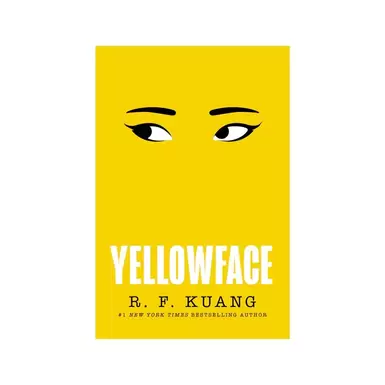
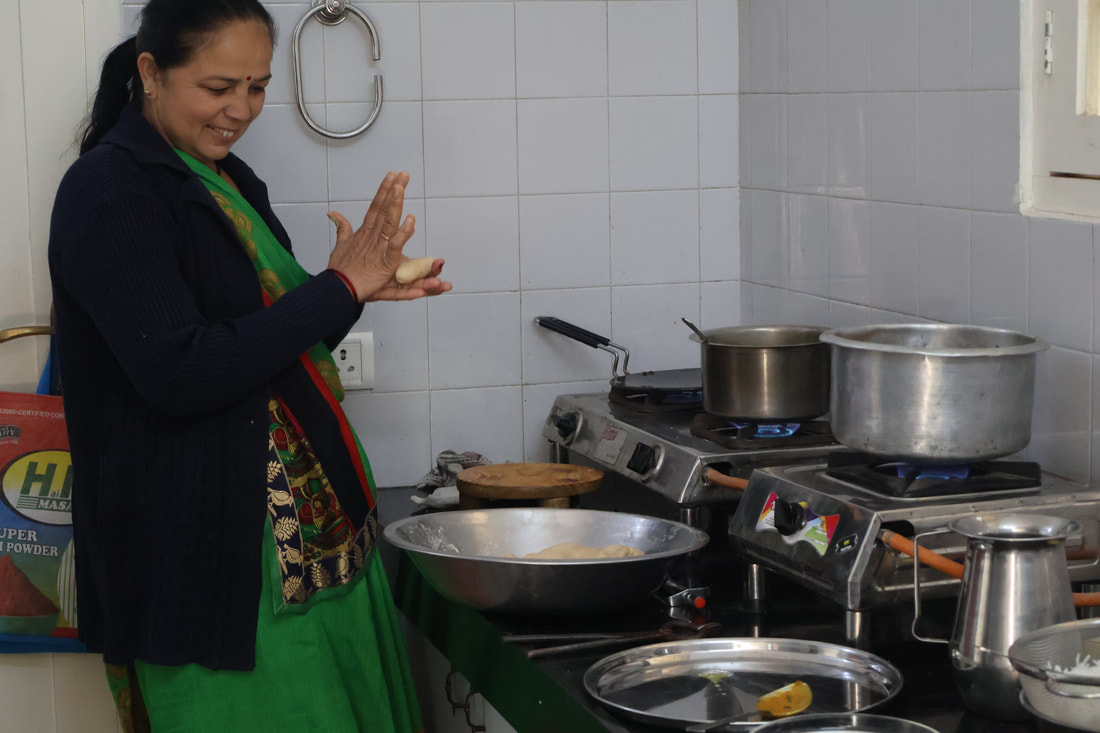
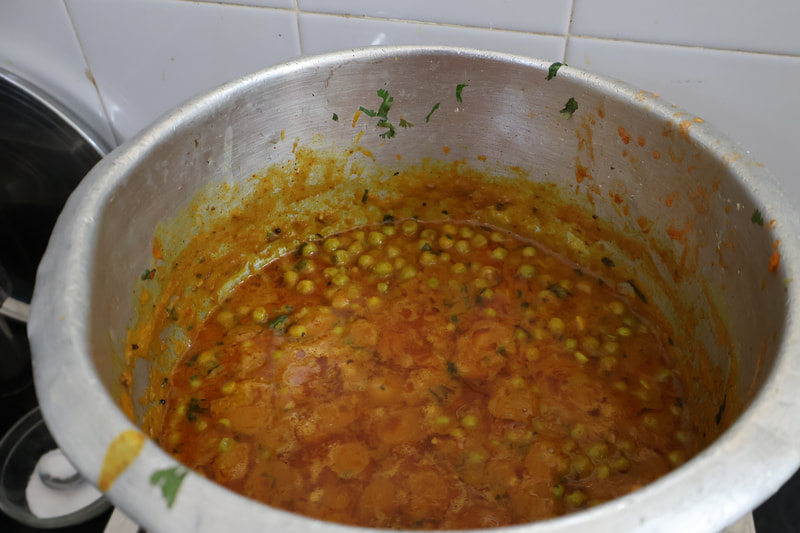
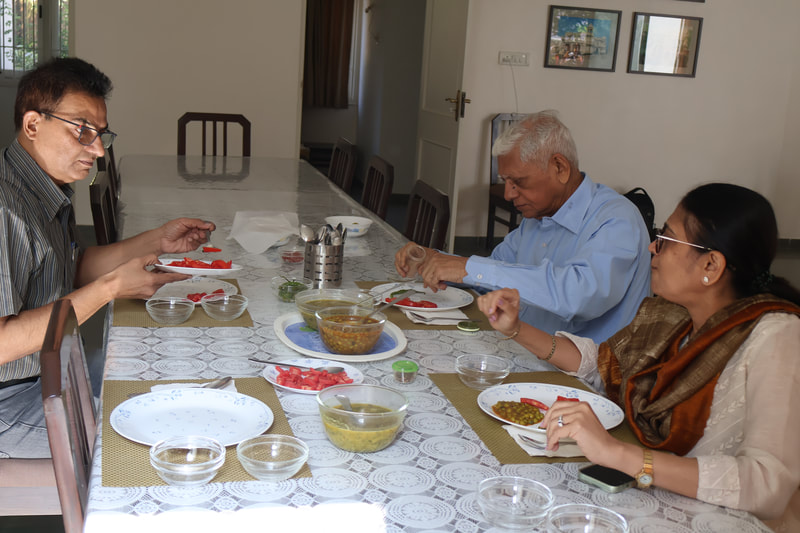
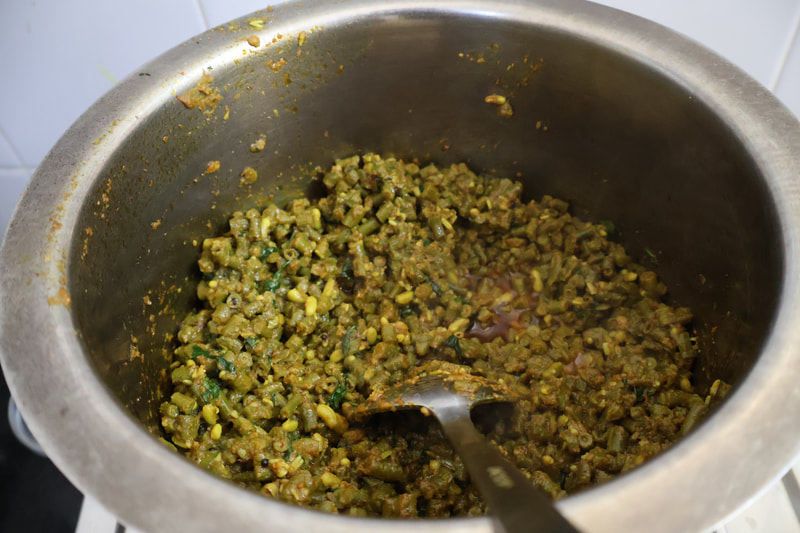
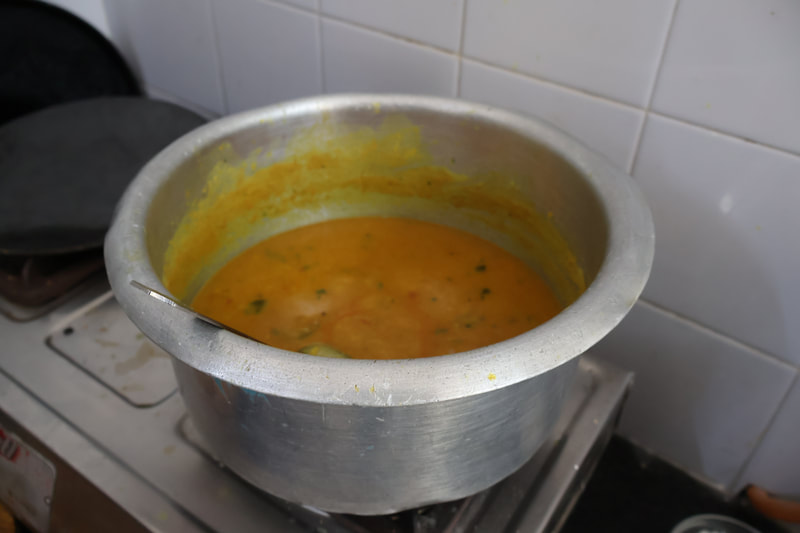
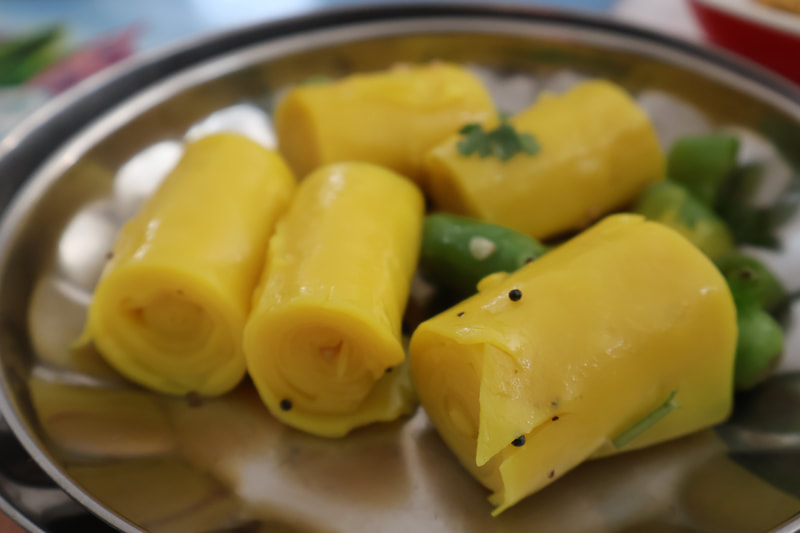
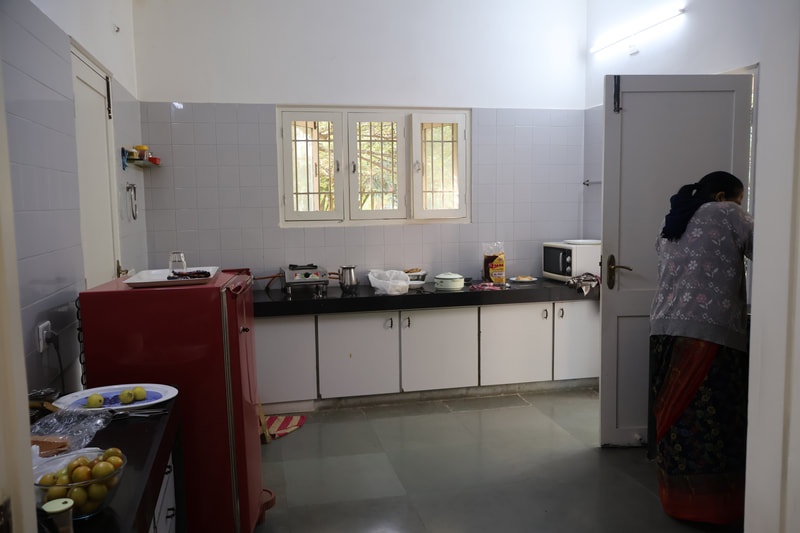
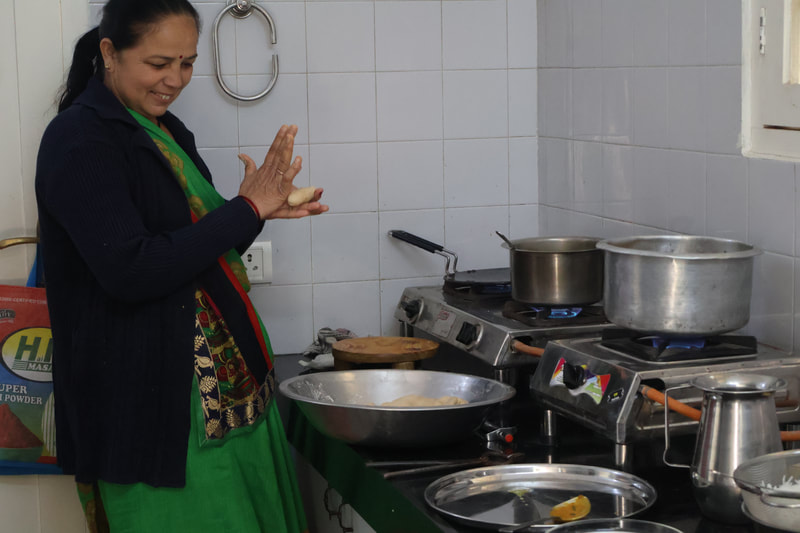
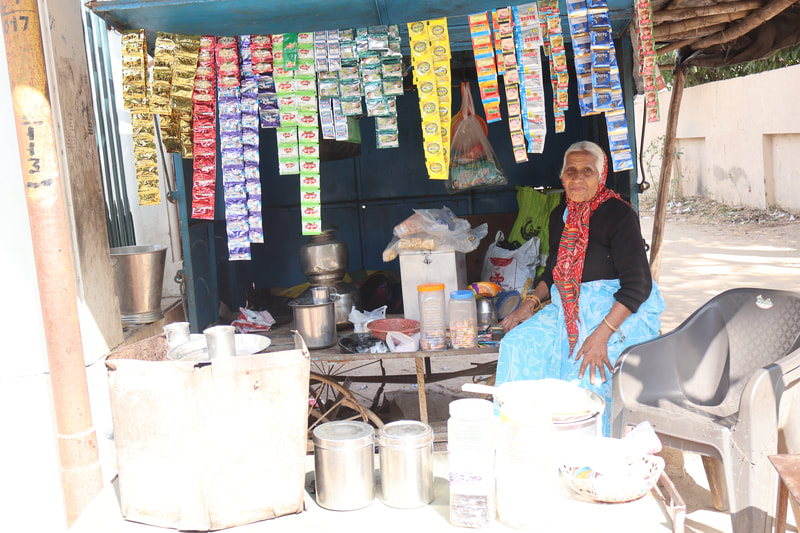
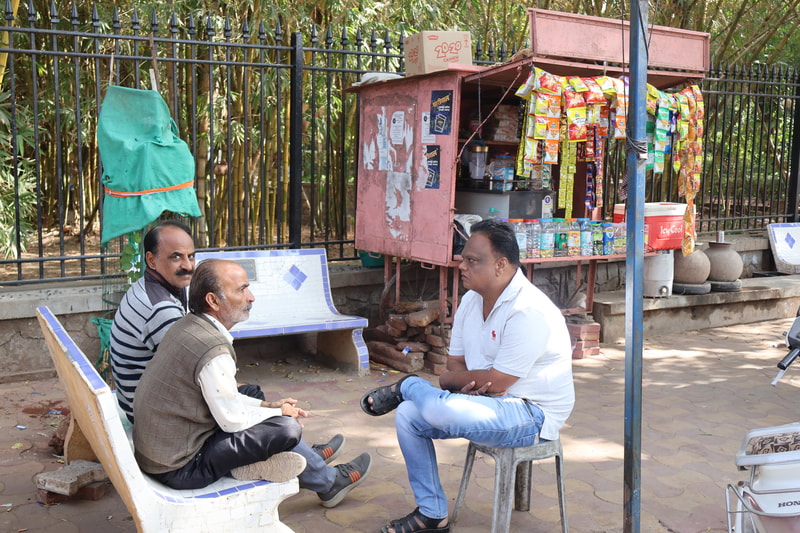
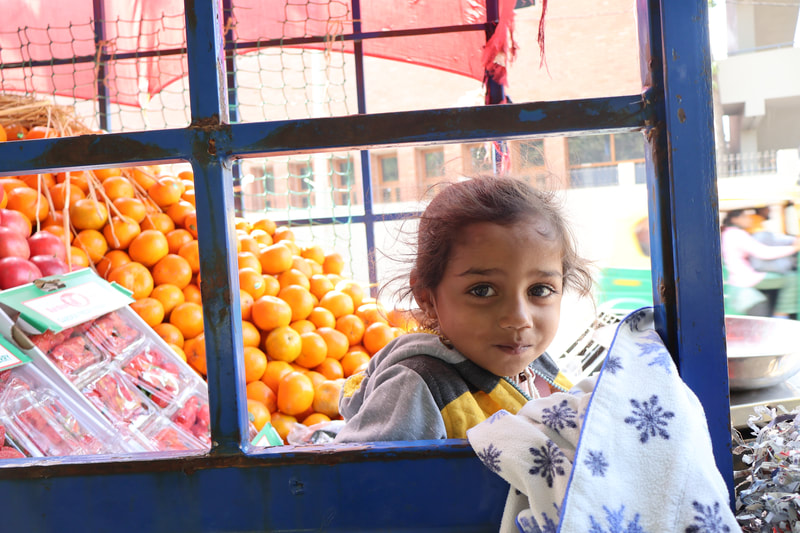
 RSS Feed
RSS Feed